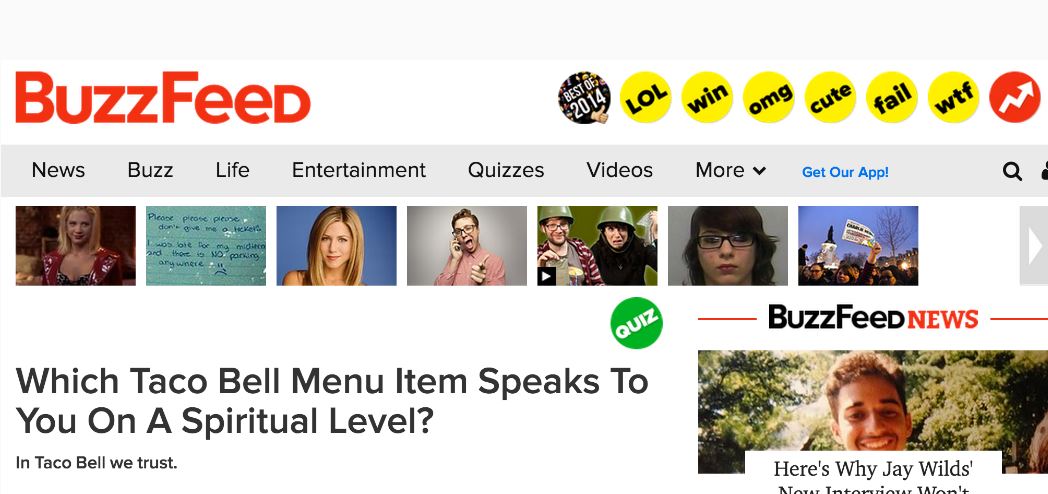The reason is simple. Facebook shows people what they want to see based on past behavior. So shocking IFLScience or Buzzfeed 'X Did Y and you'll never guess what happened next!' titles will get clicked on more than articles about nematodes, making the former more likely to show up in the future.
The Center analyzed a random sample of posts from 30 popular science-related Facebook pages over a six month period and found that about 3-in-10 posts (29%) featured new discoveries. Of the 6,582 posts studied during this time frame, 21% were “news you can use” and 16% were ads or promotions. The study looked at 30 of the most followed pages on Facebook with a self-described focus on science or a science-related domain. They were evenly split between established “multiplatform” organizations such as National Geographic and the Discovery Channel and “Facebook-primary” pages from organizations or individuals that have a large presence on the social media platform, but aren’t connected with outlets such as IFLScience, ScienceAlert and the pages of Neil deGrasse Tyson and Bill Nye.

Buzzfeed claims this is science. It is not.
While the posts covered a range of topics, the primary focus or “frame” of the posts across these pages were:
New science discoveries: 29%
Practical applications of science information, or “news you can use”: 21%
Promotions or advertisements: 16%
Explanations of science-related concepts: 12%
Archived reposts: 7%
Posts not related to science: 5%
Other frames: 10%
Among the findings:
• The volume of posts from these science-related pages has increased in the last few years. Since 2014, these popular multiplatform sources have increased production of posts by 115% and the Facebook-primary sources have seen a 66% increase.
• Facebook-primary accounts tend to have higher audience engagement than multiplatform accounts. By measuring the average number of user interactions per post – a common indicator of engagement – over a period between January 2014 and June 2017, the Facebook-primary pages averaged 14,730 interactions per post, while the multiplatform pages averaged 4,265 interactions.
• There is considerable variation in topic and focus among these science-related Facebook pages. Most of these pages – whether multiplatform or Facebook-primary – focused their posts on one or two topics such as health and medicine or astronomy and physics. Only four of the 30 pages studied covered a roughly even share of posts on several topics with no one topic making up more than one-in-five posts.
• Higher user engagement is more common for posts focused on visuals with little additional information and posts with calls to action. Visual posts (video or still images) with little or no text tend to yield more audience interactions than most other frames, on average. Additionally, posts with an explicit call to action or participation produced high average interactions, as did posts dealing with science funding issues, a topic of unique prominence during the study period, which occurred during the first six months of the Trump administration.






Comments